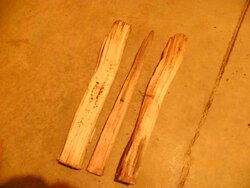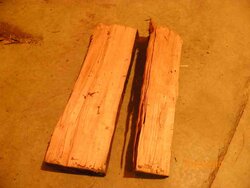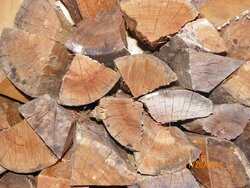I just read a post by member "Todd" which shows pictures of him starting a fire in his stove. In the first picture he writes that he adds some small kindling to the box.
That "kindling" is what I would call 'small splits.' My idea of kindling is small, pencil size sticks, chips, nuggets, etc. Todd's 'kindling' would be my second layer of small splits, over larger splits, in a top down burn.
Just curious what your thoughts and definitions are.
That "kindling" is what I would call 'small splits.' My idea of kindling is small, pencil size sticks, chips, nuggets, etc. Todd's 'kindling' would be my second layer of small splits, over larger splits, in a top down burn.
Just curious what your thoughts and definitions are.




